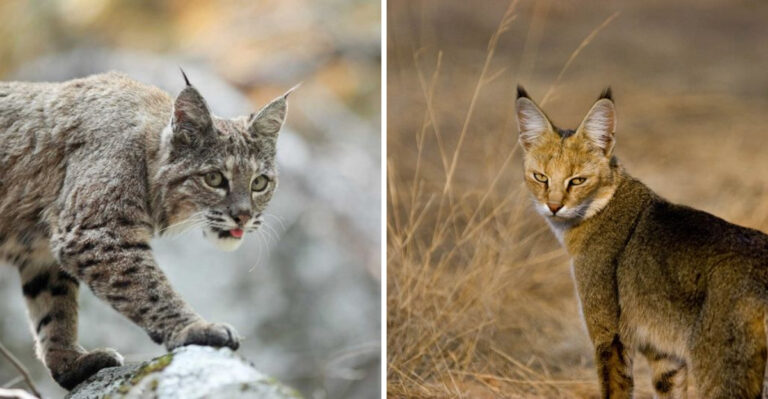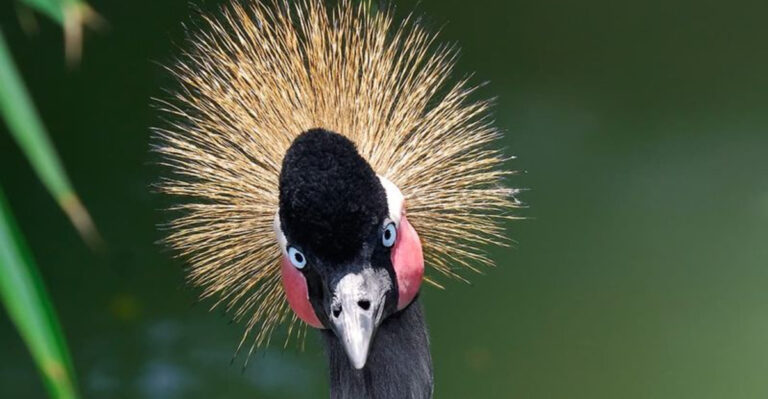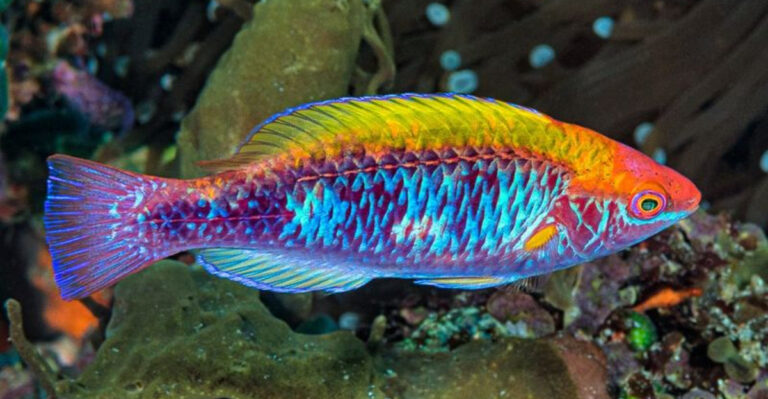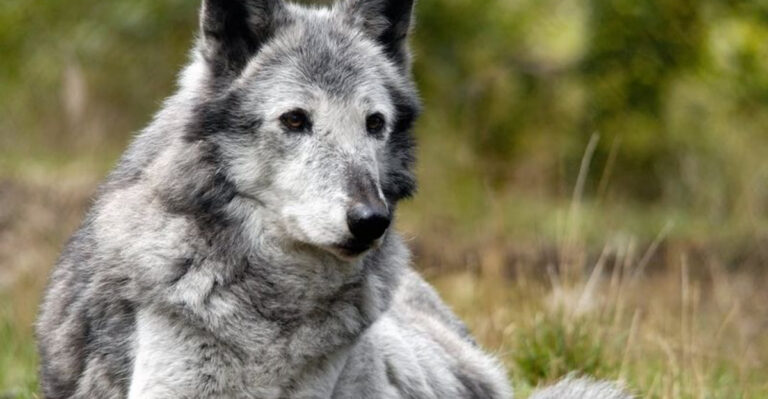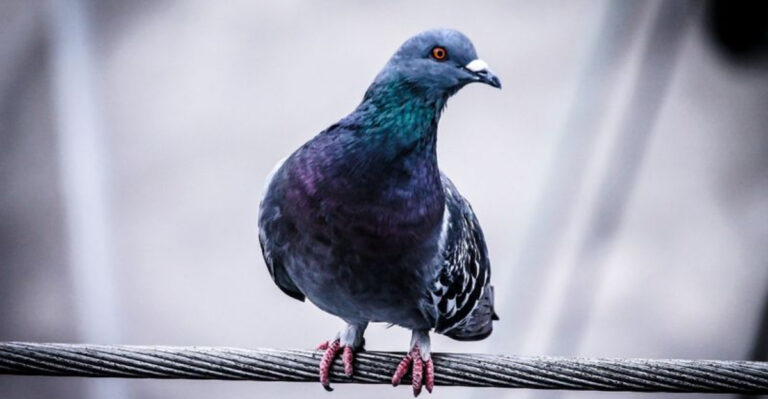20 Wild Facts That Prove Bears Are Cooler Than You Think
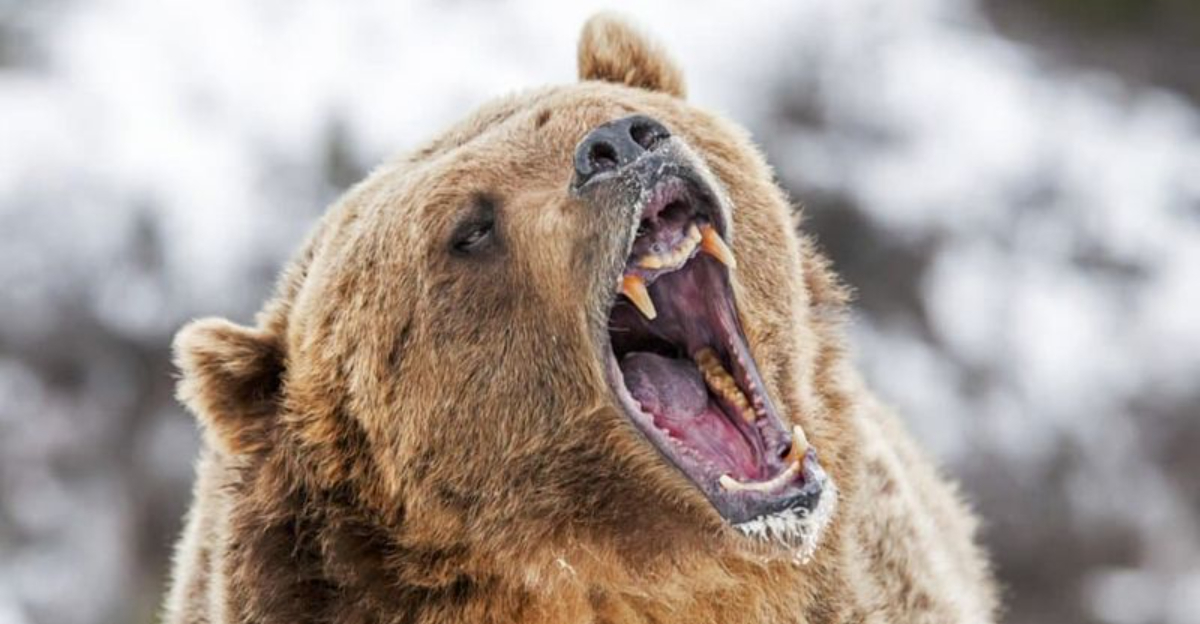
Think bears are just big, sleepy creatures who love honey and naps? Think again! These wild facts reveal just how clever, quirky, and downright cool they really are.
From surprising skills to weird habits, bears are full of surprises. Get ready to look at these furry giants in a whole new way!
1. Bears Can Count
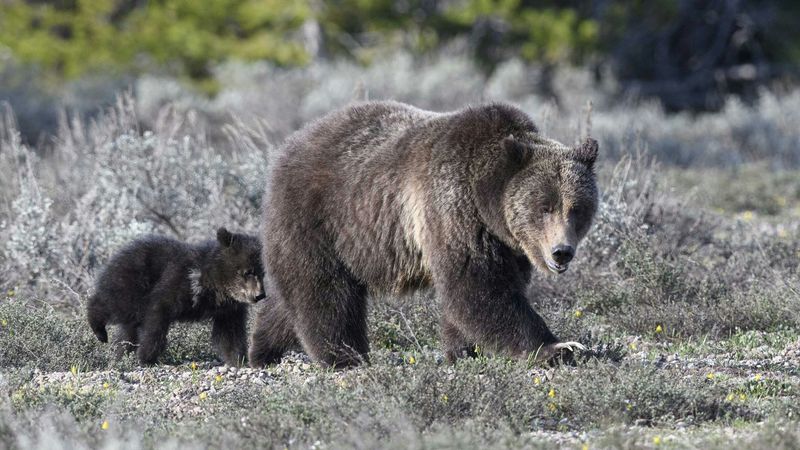
Imagine a bear that can count! Studies show that bears are capable of understanding quantities. They can differentiate between groups of objects, much like primates.
Whether it’s counting berries or estimating fish in a river, these furry mathematicians can surprise us. This intellectual ability is one of the reasons bears are considered highly intelligent creatures.
2. Polar Bears’ Fur Isn’t White
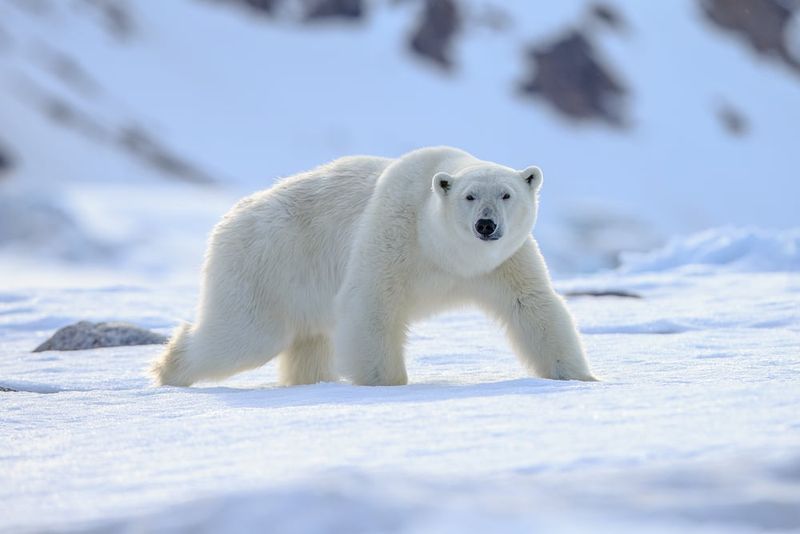
Polar bears might appear white, but their fur is actually transparent! The hollow, tube-like structure of their fur reflects light, making them look white.
This adaptation helps them blend into the snowy Arctic environment. It’s a clever camouflage that also aids in heat retention, keeping these magnificent animals warm in freezing temperatures.
3. Brown Bears Are Fast Runners
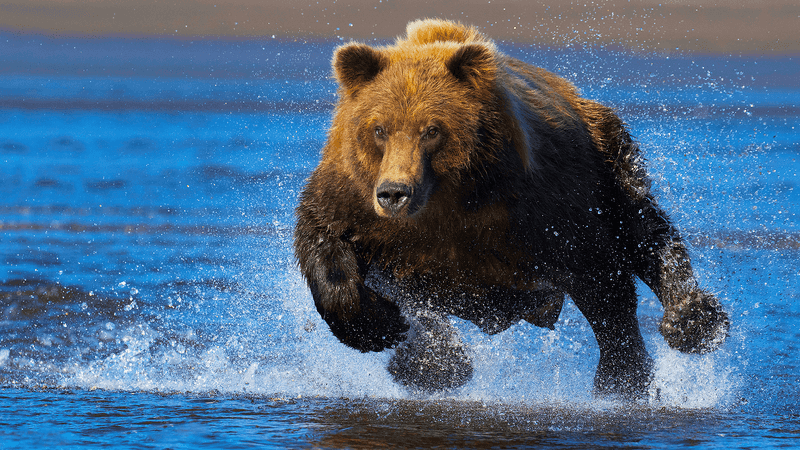
Surprisingly, brown bears can outrun a horse! They can reach speeds up to 35 miles per hour.
This impressive speed isn’t just for chasing prey but also for escaping danger.
Their powerful legs and muscular build enable them to cover ground swiftly, making them agile hunters and formidable opponents in their natural habitat.
4. Panda Bears Have A Thumb
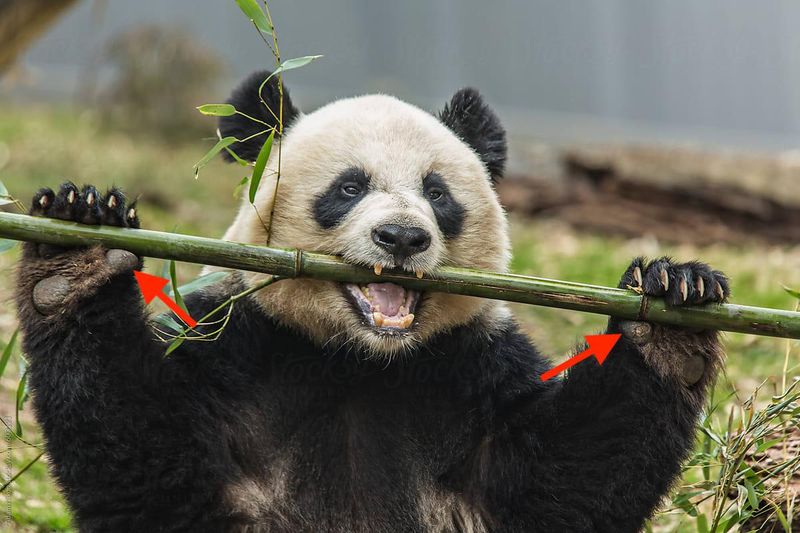
Ever noticed a panda tightly gripping bamboo? That’s because they have a pseudo-thumb!
This thumb-like extension of the wrist bone helps them handle bamboo with precision. Pandas spend hours munching on bamboo, and this unique adaptation is key to their survival.
5. Bears Use Sign Language
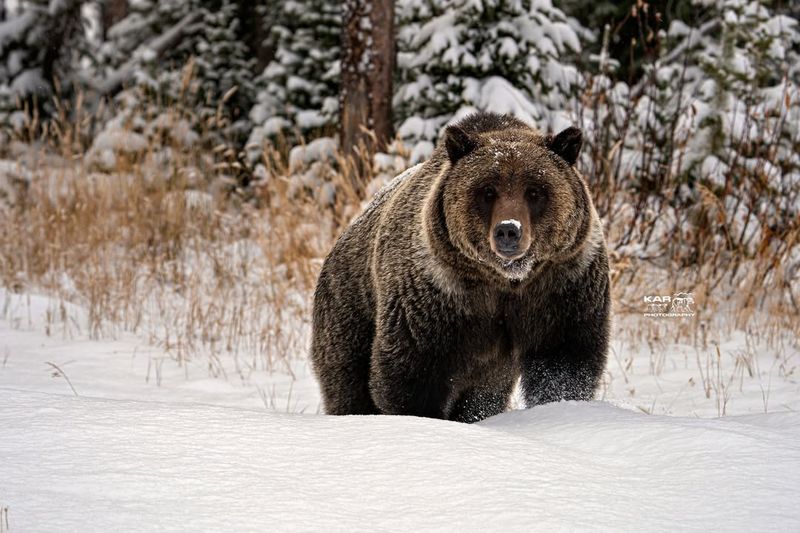
Bears have their own form of sign language! They communicate using body language, vocalizations, and even scent markings.
Whether it’s signaling playfulness or asserting dominance, their communication skills are complex. This ability to convey messages without words is fascinating and reflects their social intelligence in the wild.
6. Sun Bears Have Long Tongues
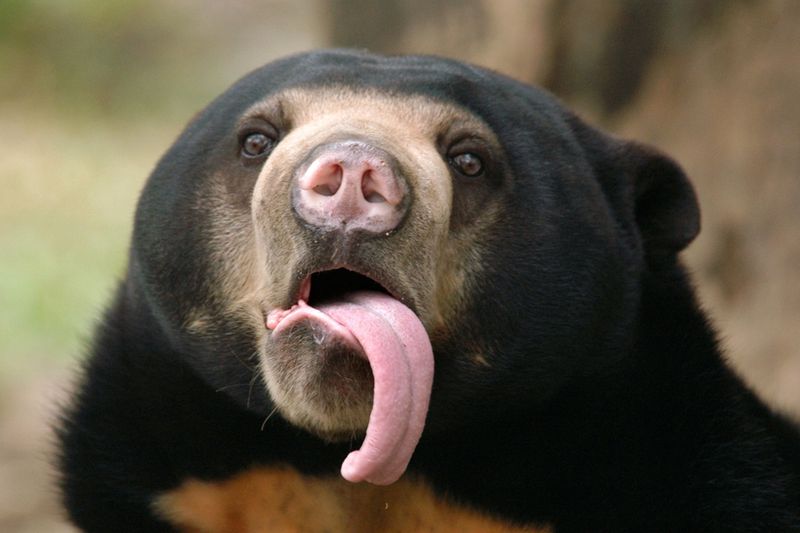
Sun bears have incredibly long tongues, measuring up to 9 inches. This adaptation helps them extract honey from beehives and insects from narrow crevices.
Their tongue acts like a natural tool, showcasing the bear’s resourcefulness and ability to thrive in its environment.
7. Bears Hibernate Differently
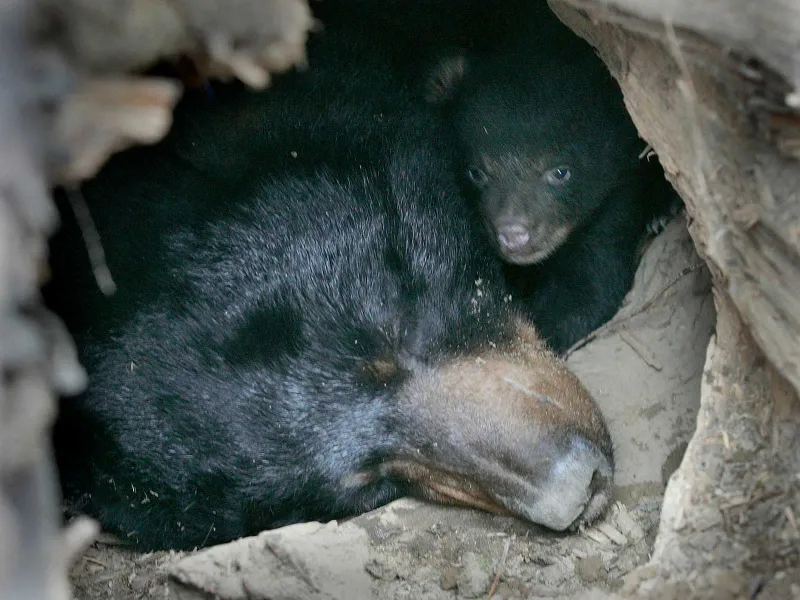
Forget the classic image of a bear sleeping all winter. Bears enter a state of torpor, not true hibernation.
During this period, their metabolism slows down, but they can wake if disturbed. This adaptation allows them to conserve energy while still being alert to potential threats.
8. Bears Have A Great Sense Of Smell
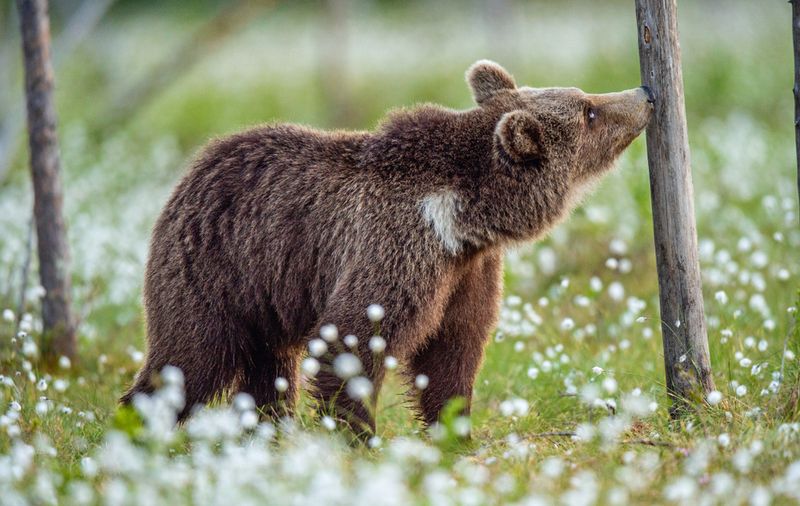
A bear’s sense of smell is seven times stronger than a bloodhound’s. They can detect scents from miles away, which helps them locate food and sense danger.
This extraordinary olfactory ability is crucial for their survival, enabling them to thrive in diverse habitats.
9. Grizzly Bears Have A Hump
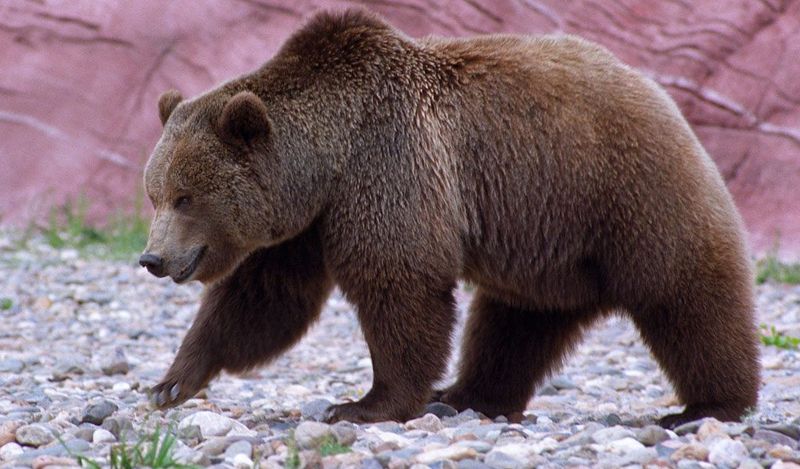
That hump on a grizzly bear’s back isn’t just for show. It’s a mass of muscles that support their powerful forelimbs, essential for digging and running.
This anatomical feature is a testament to their strength and adaptability in the wild.
10. Spectacled Bears Wear Glasses
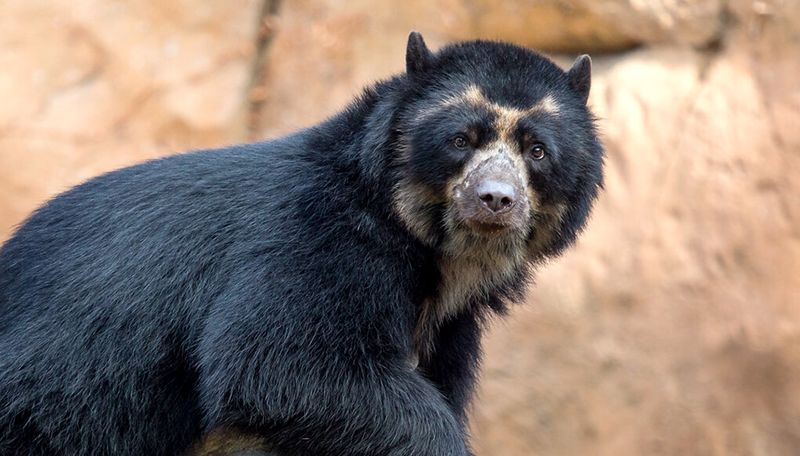
No, they don’t actually need glasses! Spectacled bears get their name from the unique markings around their eyes. These markings resemble spectacles and vary from bear to bear.
It’s a feature that adds to their charm and individuality, making them stand out among their bear cousins.
11. Bears Exhibit Tool Use
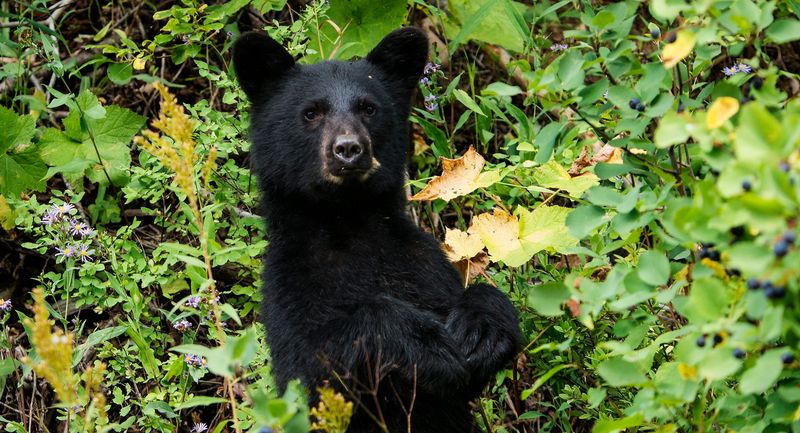
Believe it or not, bears use tools! They have been observed using rocks to scratch themselves or break open logs.
While not as well-documented as primates, this tool use is evidence of their cognitive abilities and adaptability in finding solutions to everyday challenges.
12. Bears Are Solitary Yet Social
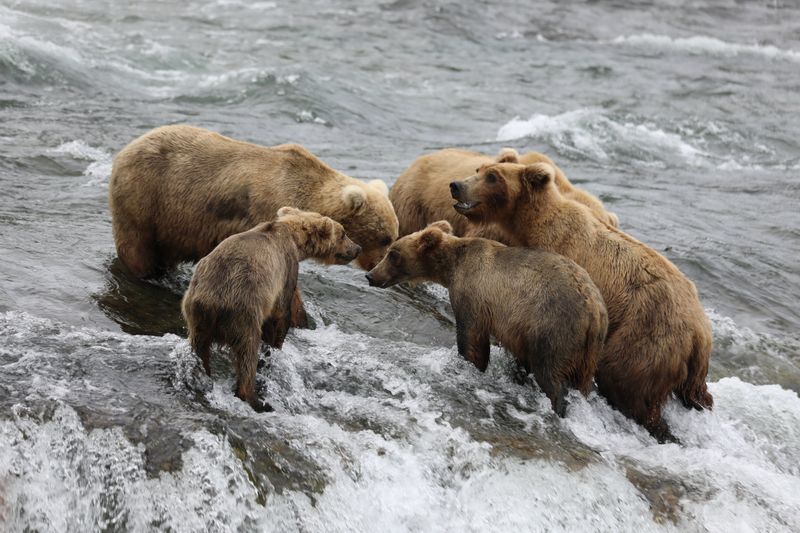
Bears are often seen as solitary creatures, but they have a social side too. During mating season or near plentiful food, they gather and interact.
Vocalizations, gestures, and behavior all play a role in how they connect and learn from one another.
13. Bears Have Unique Vocalizations
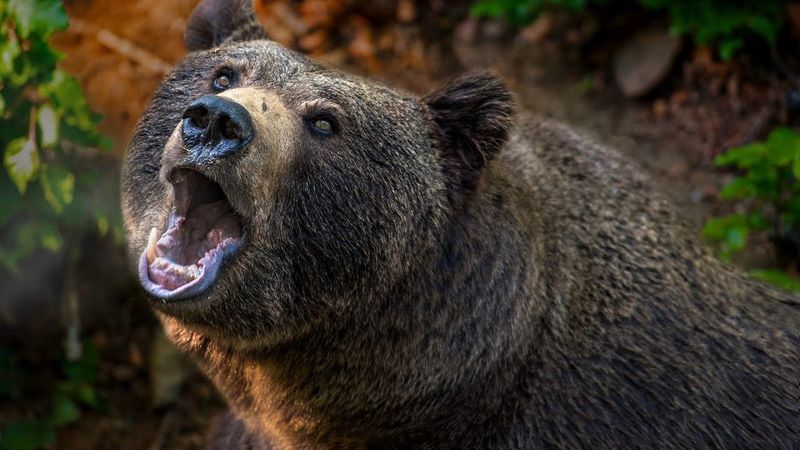
Each bear species has its own set of vocalizations, from growls to grunts. These sounds convey different messages, such as warnings or invitations to play.
It’s their way of communicating emotions and needs, an essential part of their social interactions. This vocal repertoire highlights their intelligence and adaptability in the wild.
14. Koala Bears Aren’t Bears
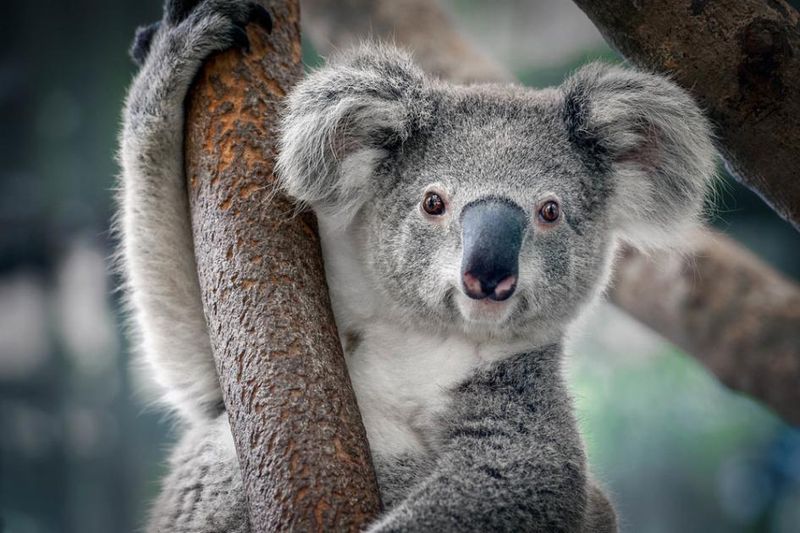
Let’s bust a myth: koalas aren’t bears! They’re marsupials, and their closest relatives are kangaroos and wombats.
The “bear” name comes from their bear-like appearance, but they are unrelated to true bears.
15. Bears Have A Strong Bite Force
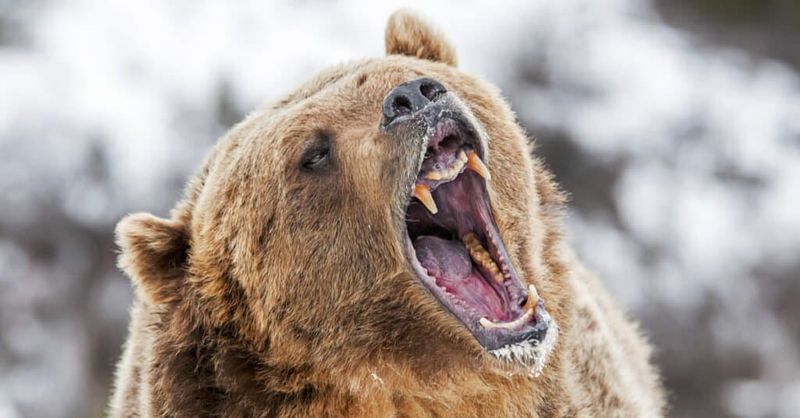
With a bite force of over 1,000 PSI, bears have one of the strongest bites among land mammals. This powerful jaw helps them crush bones and consume a variety of foods.
It’s a crucial adaptation for survival, allowing them to thrive in different environments.
16. Black Bears Can Climb Trees
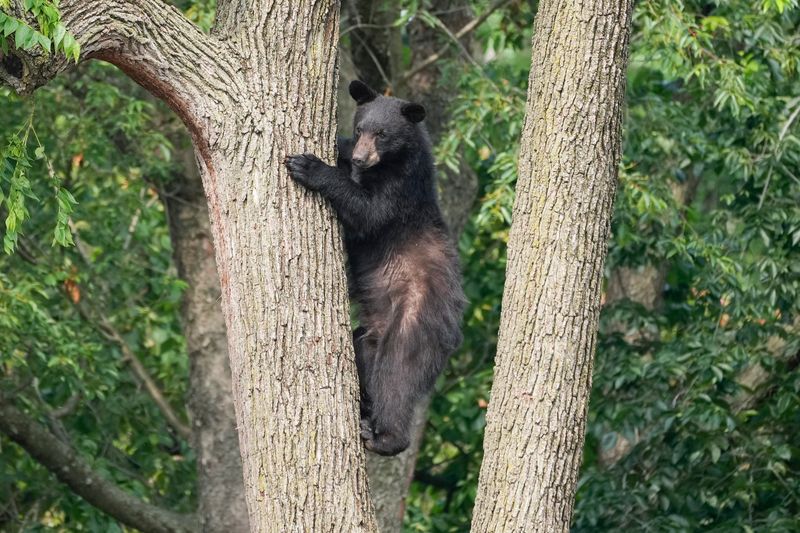
Black bears are excellent climbers! Their strong claws and agile bodies allow them to climb trees with ease.
This skill is used to escape predators, find food, or sleep safely.
17. Bears Have A Varied Diet
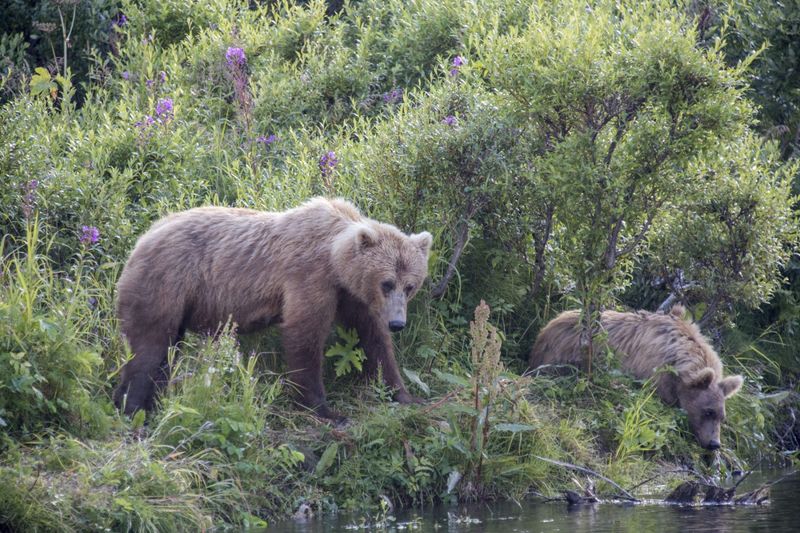
Bears aren’t just carnivores; they’re omnivores with a varied diet. They enjoy everything from fish and berries to plants and insects.
Such adaptability helps them thrive across diverse habitats and highlights their impressive survival skills.
18. Bears Have Thick Skin
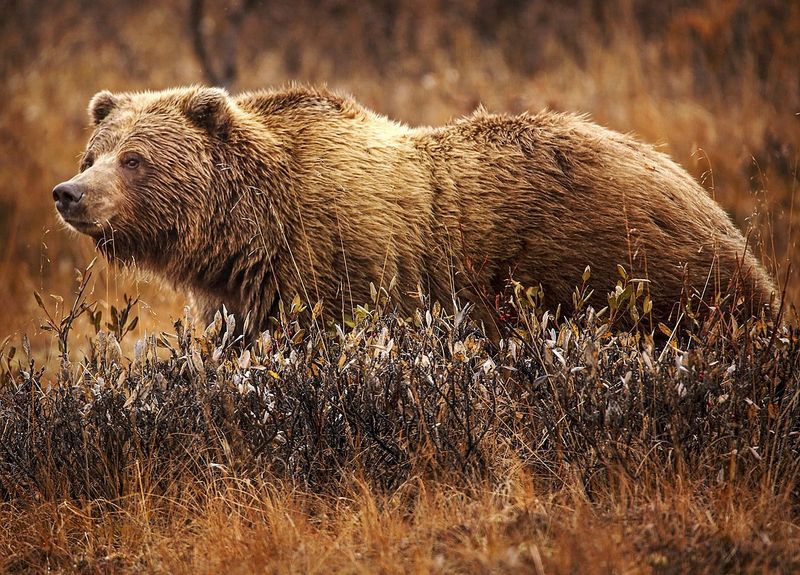
A bear’s skin is thick and tough, providing protection against bites and harsh weather. This adaptation helps them survive in challenging environments, from icy tundras to dense forests.
It’s a natural armor that shields them from predators and environmental hazards, showcasing their resilience and evolution over time.
19. Bears Perform Funny Dances
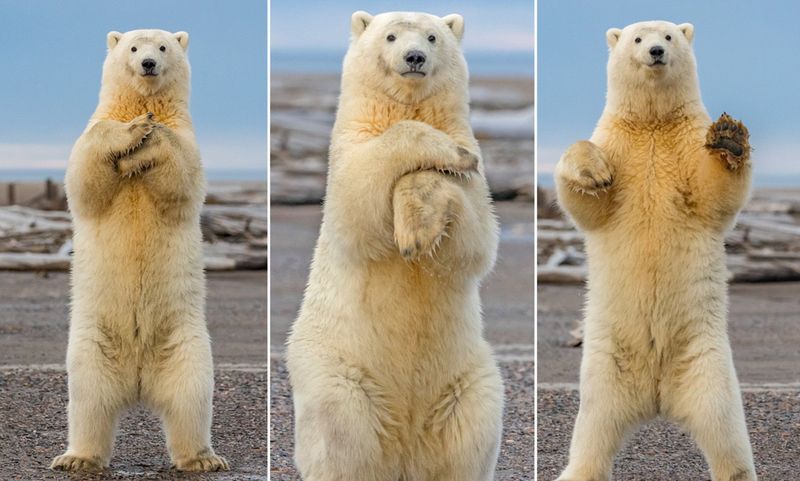
Bears sometimes appear to dance, standing on their hind legs and swaying. This behavior, known as “bear dance,” is often a way to mark territory or scratch their backs.
It’s a playful and endearing trait that adds to their charm, making them one of nature’s most entertaining creatures.
20. Bears Have Cultural Significance
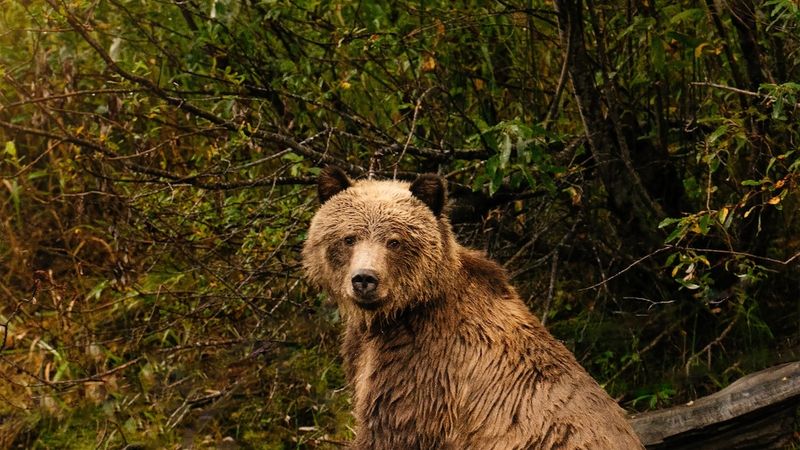
In many indigenous communities, bears hold deep cultural significance. They are viewed as symbols of strength, wisdom, and healing.
Such reverence speaks to the lasting bond between humans and these powerful creatures across generations.

